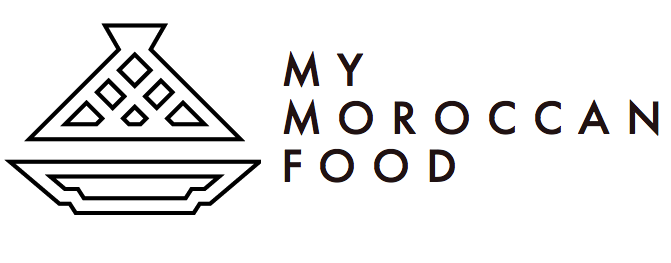Saffron
/Did you know that the saffron threads we use for cooking actually come from a flower? I didn’t know and I recently found out so I decided to learn more about saffron and saffron in Morocco. Very interesting!
The origins of saffron are extremely old; decades of millenniums and the theories as to where it started to flourish are very conflictual. However, we know that the first official cultivations of saffron started in Greece more than 3000 years ago.
Today, saffron is mainly cultivated in Greece, Iran, India and Morocco. Morocco being the fourth-largest producer of what they often call the yellow gold.
What we generally know as saffron or saffron threads are the stigmas extracted from a beautiful violet flower, the crocus sativus most commonly known as the saffron crocus. Each flower produces three bright blood-red stigmas and each stigma is delicately hand-picked during the extraction process and then dried into saffron threads for cooking, dyeing and medicinal purposes.
Saffron stigmas are indeed very delicate, but their taste and capacity is definitely the opposite. Saffron is a very distinctive spice; it’s robust, bitter and has some sweet notes of honey. It will also give a magnificent golden and yellow tone to any of your dishes.
It takes about 250,000 stigmas to produce half a kilo of saffron, which makes saffron the most luxurious and expensive spice in the world. But you don’t need a lot to give your dishes a saffron flavour/hue; just a pinch will go a long way!
The Arabs introduced saffron to Morocco around the 10th century which has led saffron to play an important role in Moroccan cuisine ever since. For this reason, saffron has flourished in Morocco and more particularly in Taliouine near Taroudant and Tazenakht, near Ouarzazate. These two villages, located in the Agadir and Marrakech surroundings are the main producers of saffron in Morocco.
Saffron is extensively used in Moroccan cuisine in tagines such as djaj mqualli (chicken, preserved lemon and olives tagine) but it’s also a key element in chermoula and many other dishes I look forward to share with you!



